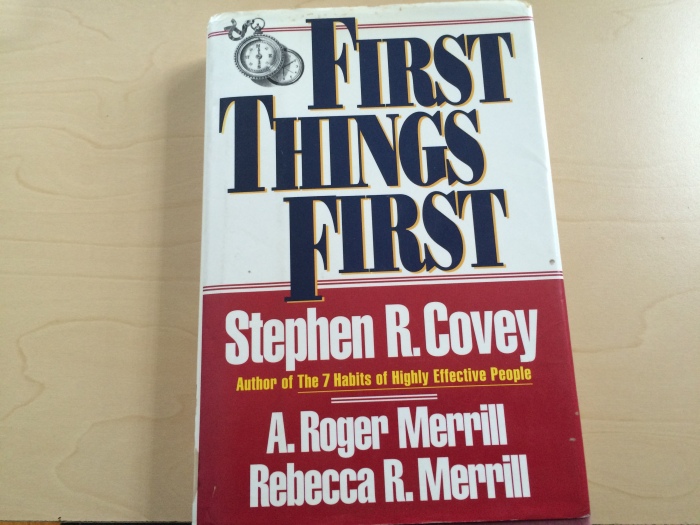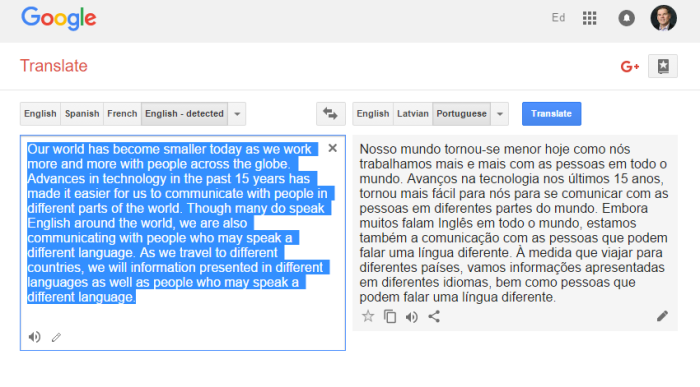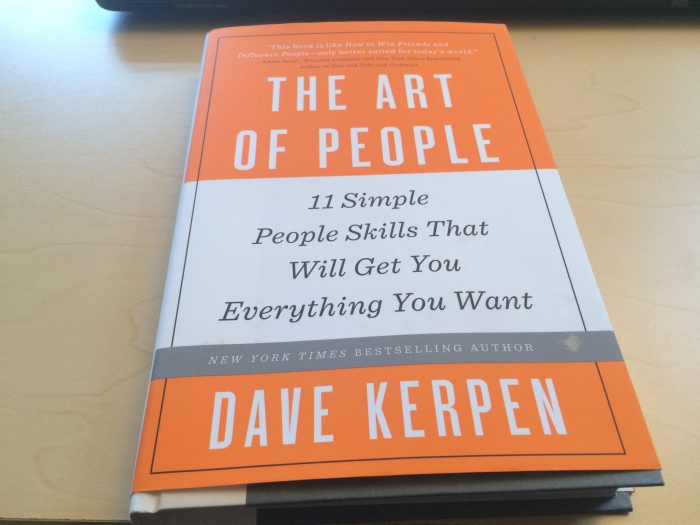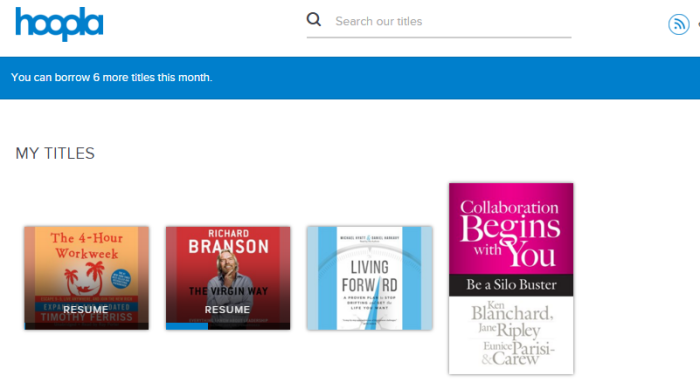
In the past few weeks, we have looked at the relationships of a project manager with the project sponsor, the project team, and other key stakeholders. In working with all of these stakeholders, it can become easy to neglect our own well-being. We tend to stretch ourselves thin and try to work extra hard to keep up with all of the demands.
While this may work in the short term, this cannot be sustained in the long term. After a while, you will experience the law of diminishing returns for the work you perform. As a project manager, you are also a key stakeholder in the success of your projects.
Taking steps to take control of your time and your well-being will go a long way to increased happiness and improved performance.
A few ways to take care of yourself include:
Find time to plan your day: It is easy for the day to quickly get away from us with urgent requests and other fire drills. Taking the time to plan out your day will help keep you on task. Some people will take time at the end of the day to review their tasks and calendar and identify what they want to work on the following day. Others will start early in the morning before most people arrive to work to plan for the day. Prioritize the tasks to identify the most important work that needs to be completed to meet your goals. Inevitably, unexpected things will come up during the day, but keeping your highest priorities in mind will help to keep you focused on the key tasks you need to complete.
Learn to say “no” and push back when necessary: Most people aren’t afraid to push back and you shouldn’t be either. You can’t do it all. If you are asked to do something that does not move you closer to your goals, consider if it is worth doing. In most cases, the answer will be “no”. Also, consider meetings that you are invited to. Ask yourself if you are needed at that meeting. If not, decline the invitation. Be polite, but firm. Most people will understand.
Find time to take a break: We are expected to do so much, it can be hard to find time to take a break during the day, at lunch time, or even after hours. We have the feeling that we have to be available 24 x 7. Working too much can tire us physically, mentally, and emotionally. Taking a break gives us time to get re-energized, making us sharper and more productive. Get away for a little time may help us look at problems and issues more clearly and enable us to identify solutions. Find time during the day to take a short break, which could be taking a walk to clear your mind. At lunch, avoid eating at your desk. Occasionally, meet up with a friend for lunch and talk about something other than work. Some people will take their lunch hour to exercise. After work, try to disconnect and address your personal needs, whether its exercise, your hobbies, or spending time with family and friends. Also, make sure to get adequate sleep. Creating some separation from work will help you to come back the next day more energized and better prepared to take on the challenges of the day.
In the end, if you do not address your well-being, who will? There will be days when certain urgencies will need to be addressed and you may lose control of the day. Avoid making this a daily occurrence, where you will eventually find yourself adrift and move way from your goals and what is most important to you. Taking care of yourself will not only be a benefit to you, but also to the people around you.

 Our world has become smaller today as we work more and more with people across the globe. Advances in technology in the past 15 years has made it easier for us to communicate with people in different parts of the world. Though many do speak English around the world, we are also communicating with people who may speak a different language. As we travel to different countries, we will information presented in different languages as well as people who may speak a different language.
Our world has become smaller today as we work more and more with people across the globe. Advances in technology in the past 15 years has made it easier for us to communicate with people in different parts of the world. Though many do speak English around the world, we are also communicating with people who may speak a different language. As we travel to different countries, we will information presented in different languages as well as people who may speak a different language.


 Last week, we looked the importance of the project sponsor relationship. This week, we look at the project team.
Last week, we looked the importance of the project sponsor relationship. This week, we look at the project team.
 As part of my professional and personal development, I have been a big fan of audiobooks. I’ve used them when I travel, go for a walk, or just relaxing at home. It has helped me to get through more books than I normally would. I found an application that allows me to borrow audiobooks, as well as eBooks, videos, and music.
As part of my professional and personal development, I have been a big fan of audiobooks. I’ve used them when I travel, go for a walk, or just relaxing at home. It has helped me to get through more books than I normally would. I found an application that allows me to borrow audiobooks, as well as eBooks, videos, and music.